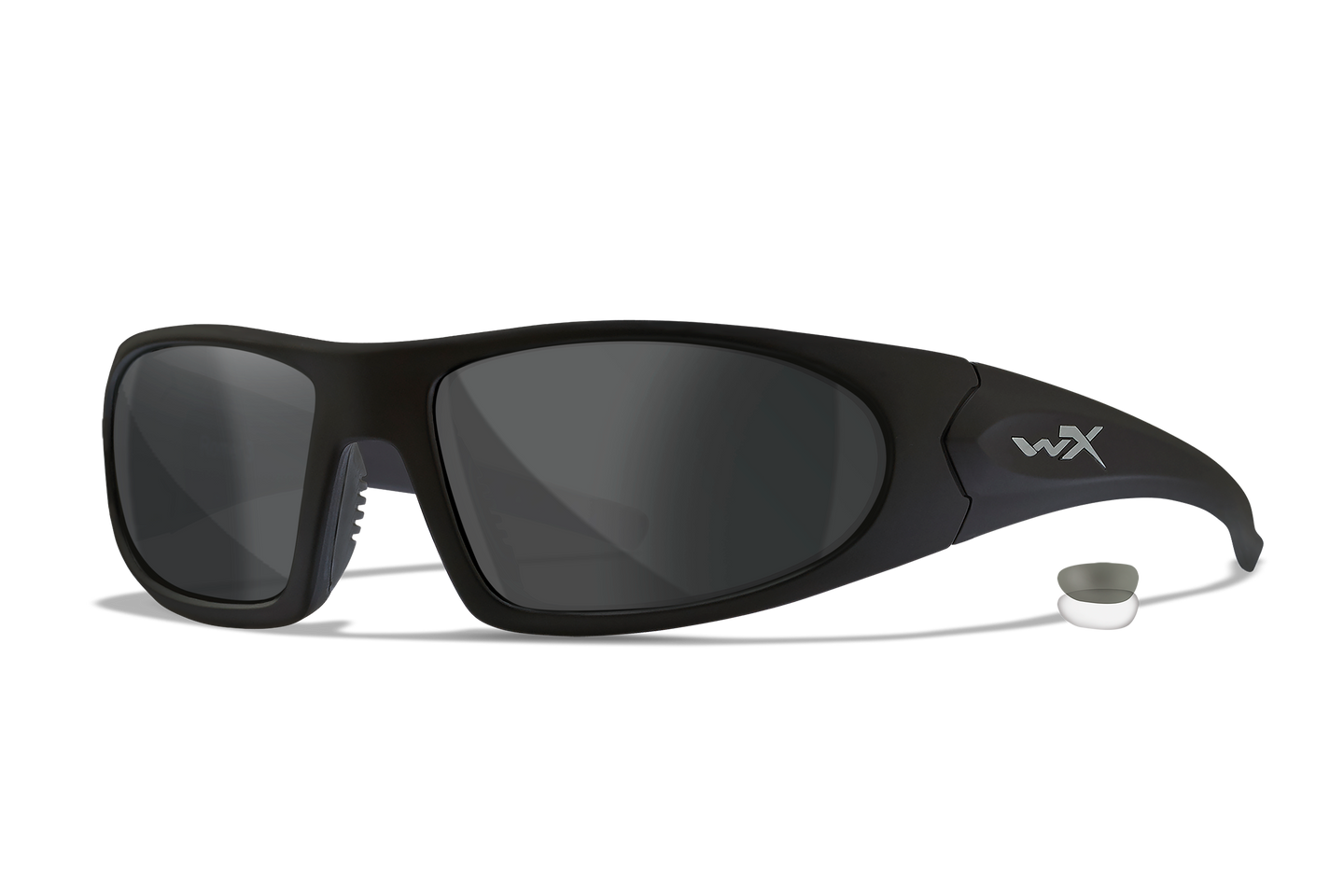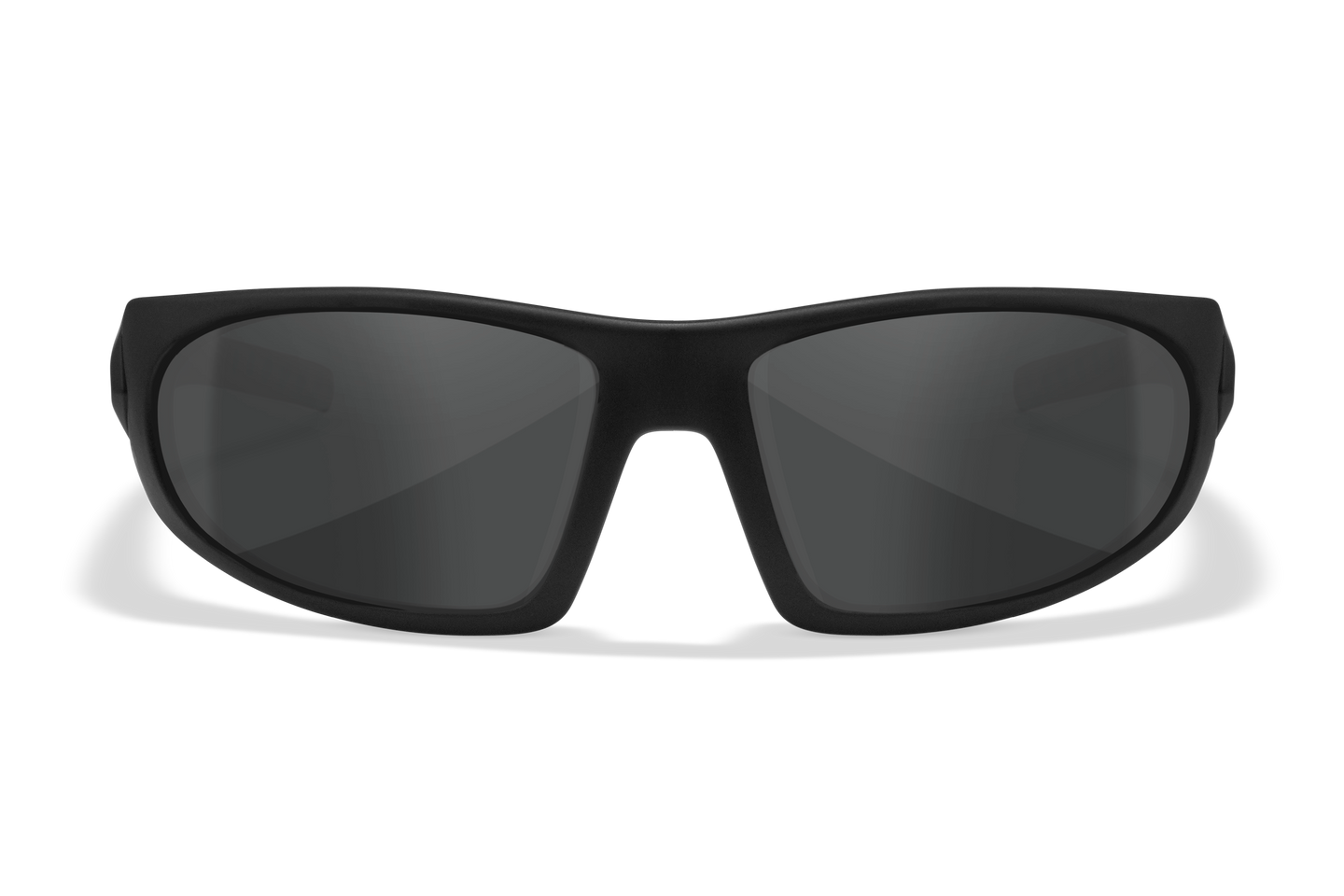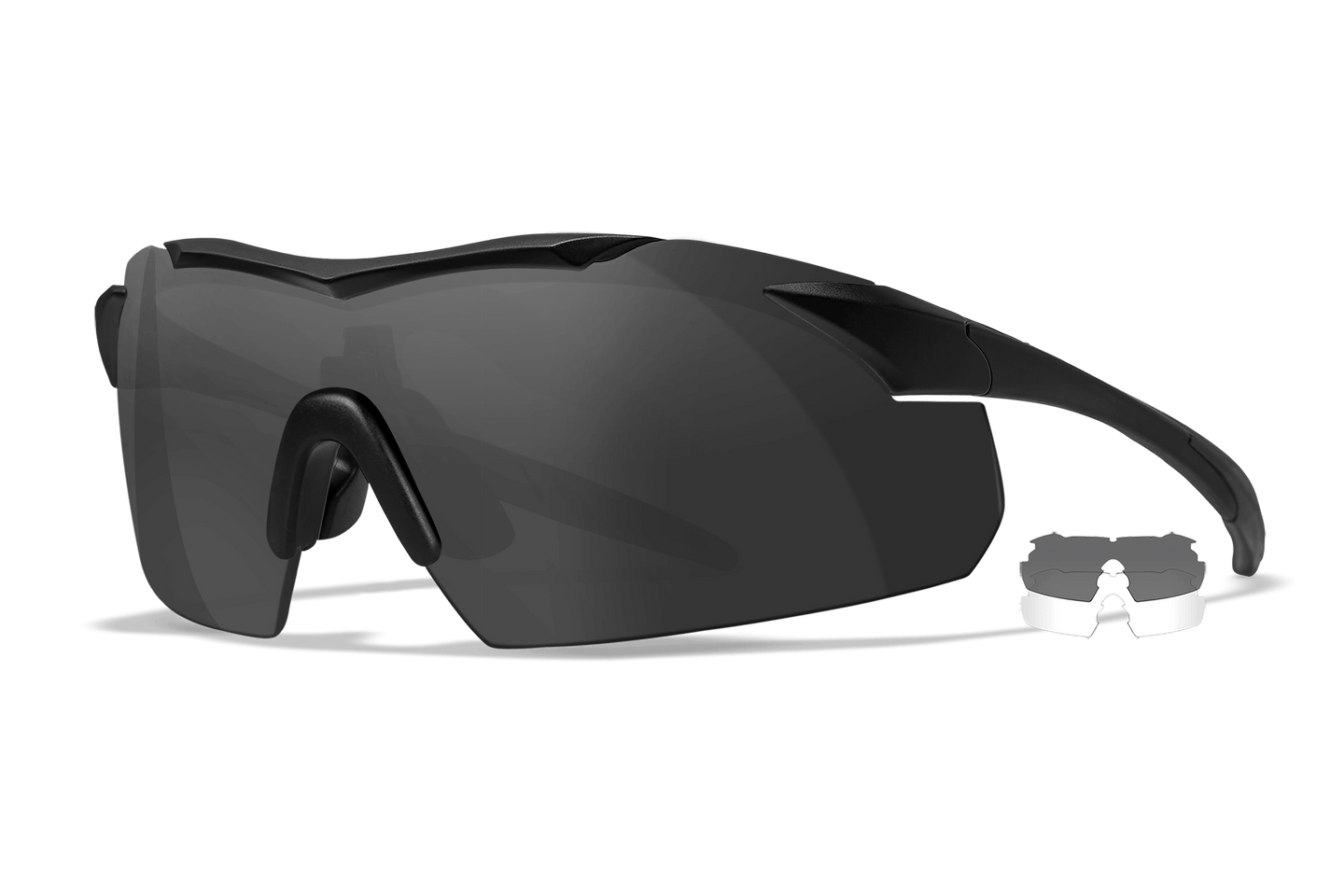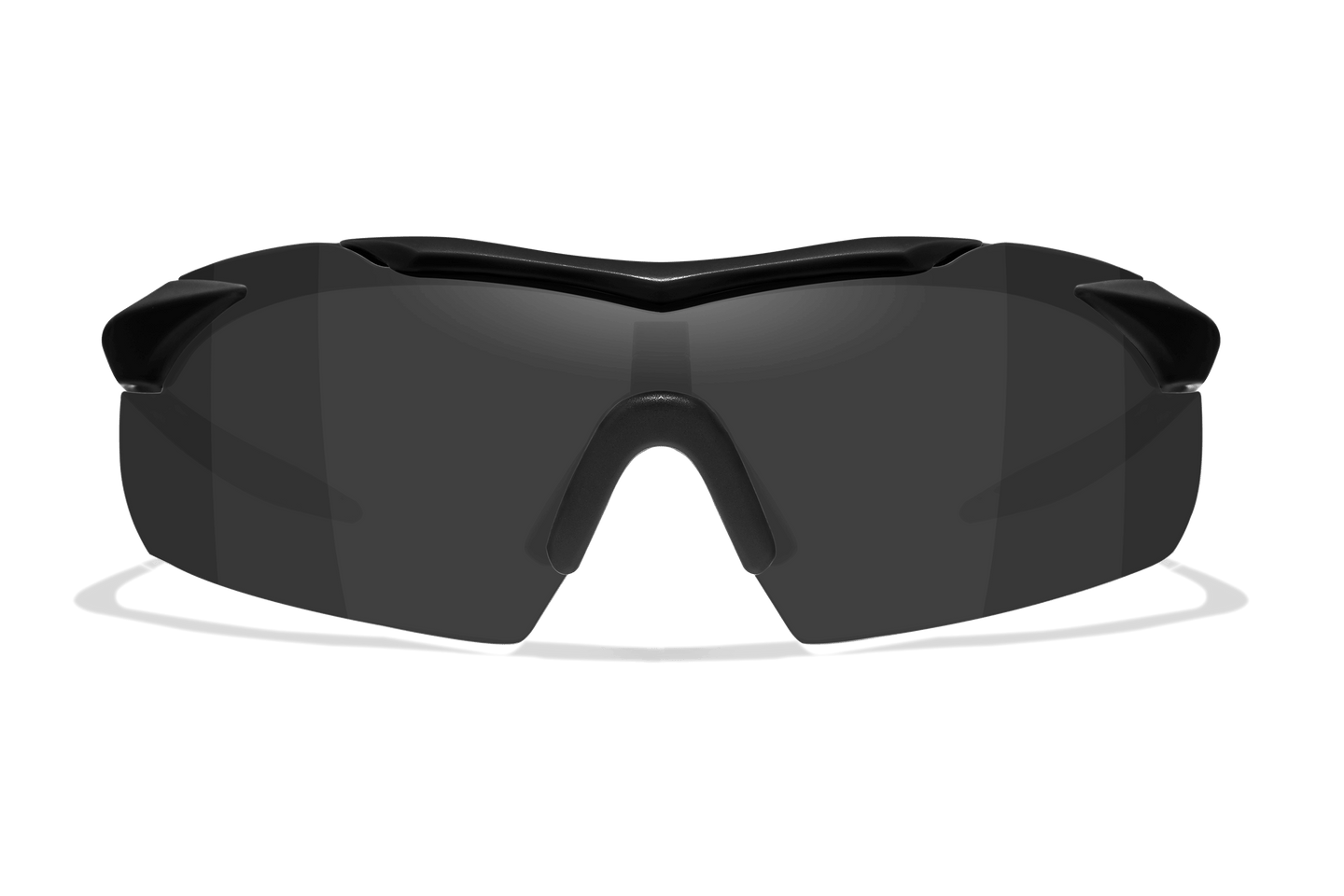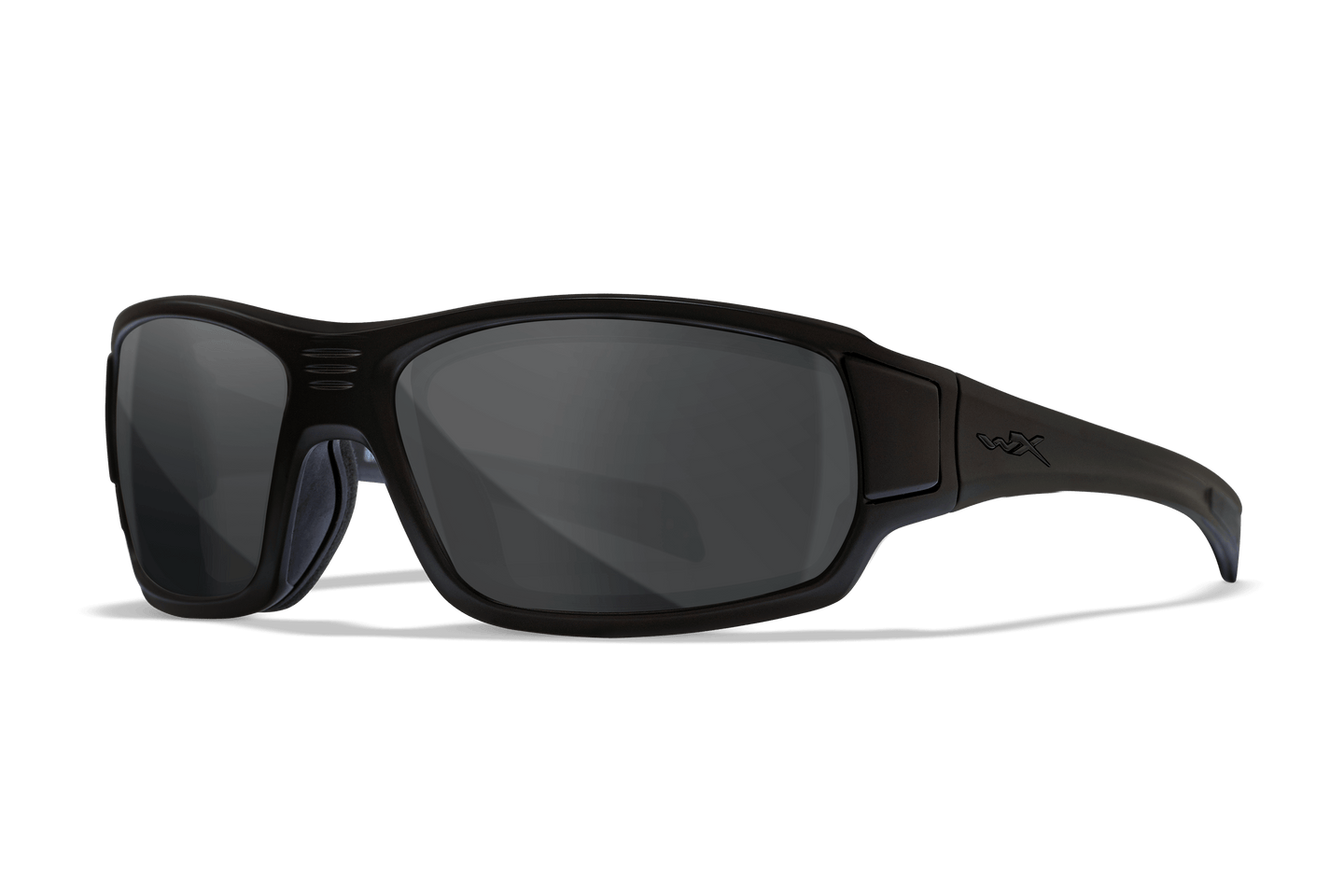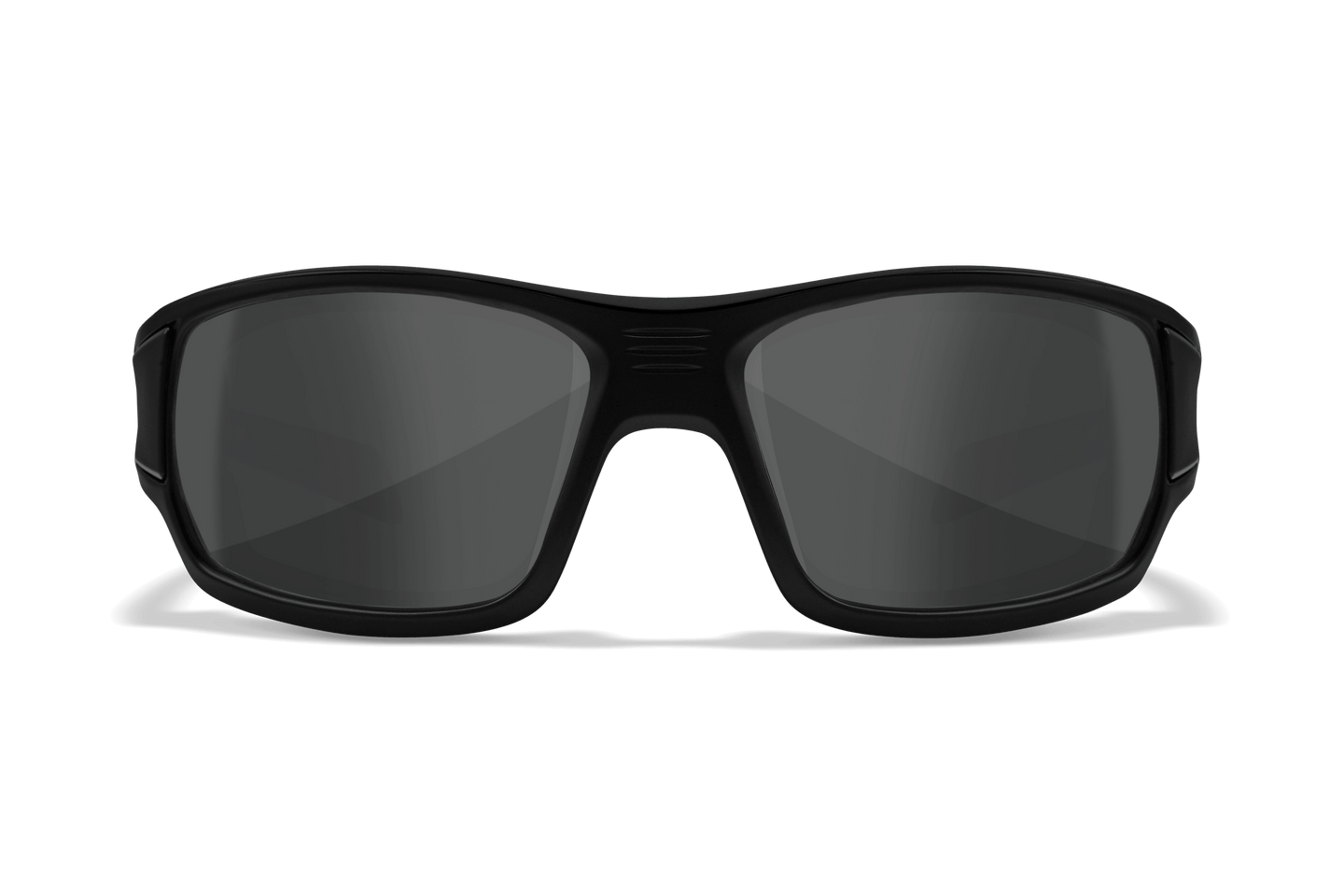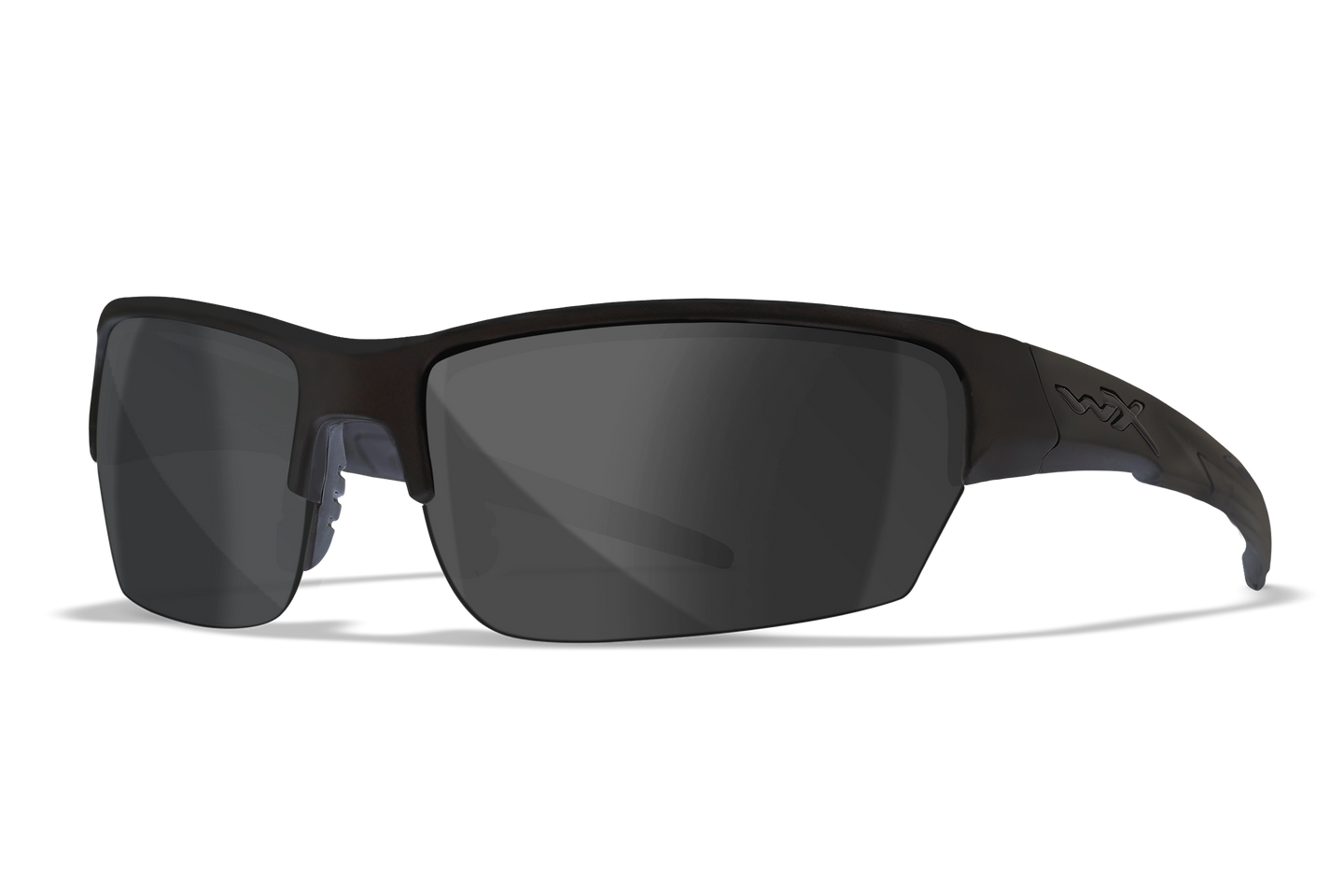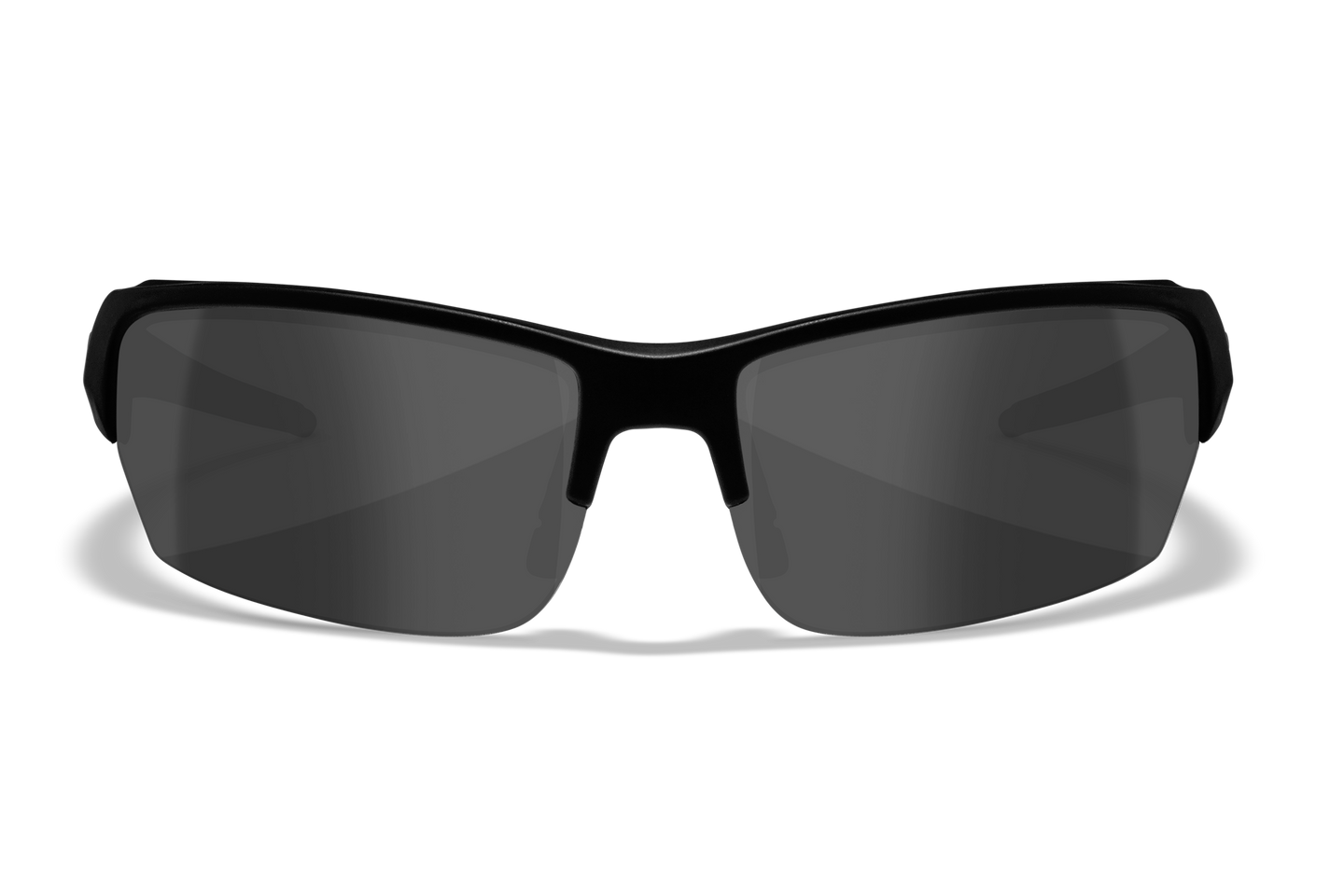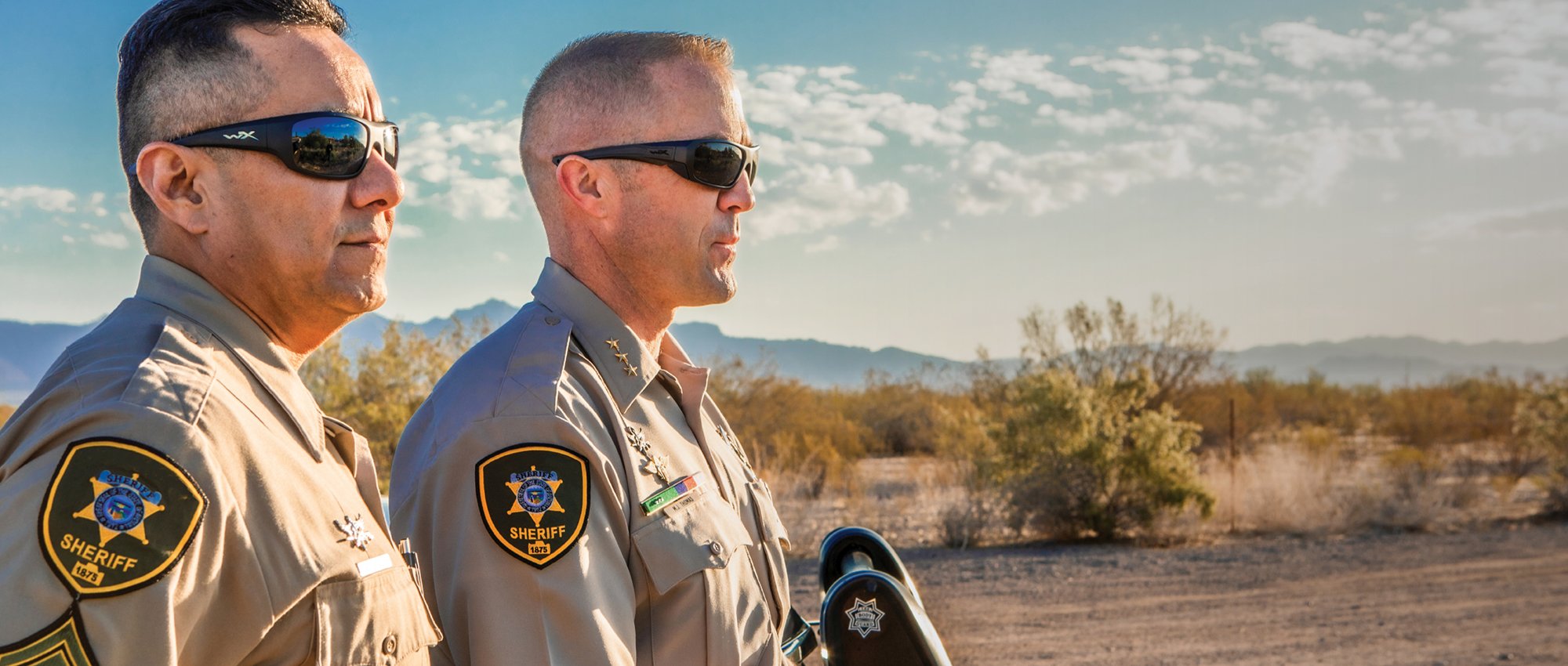
Law Enforcement
Safety eyewear for law enforcement
EYE SAFETY IN THE LINE OF DUTY
Local, regional and state-wide law enforcement officers rely heavily on protective eyewear to perform their duties safely. The eyes are one of the most sensitive parts of the body. Injuries and irritation results in LEOs becoming vulnerable to danger while performing their job. More than one-third of the human brain is concentrated on visual perception. Double vision, blurred vision, optic nerve damage, reduced peripheral vision, and increased sensitivity to light are preventable eye injuries. These injuries are expensive to treat and can be career ending.
CERTIFICATIONS
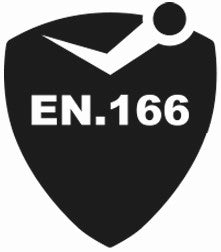
EN.166 is the European certification for personal eye protection. When a piece of eyewear is EN.166 certified it generally means that it is a piece of safety eyewear.
The correct term is actually EN.166 personal Eye Protection European Standard, but is normally referred to as EN.166 or EN.166. It is the core technical industrial safety norm in Europe for eye protection applying to all types of individual protection of the eye which protects from hazards likely to damage the eye, except for nuclear radiation, x-rays, laser emissions and infrared emitted by low temperature sources.
EN.166 is often the minimum required certification regarding eyewear in Personal Protective Equipment (PPE).
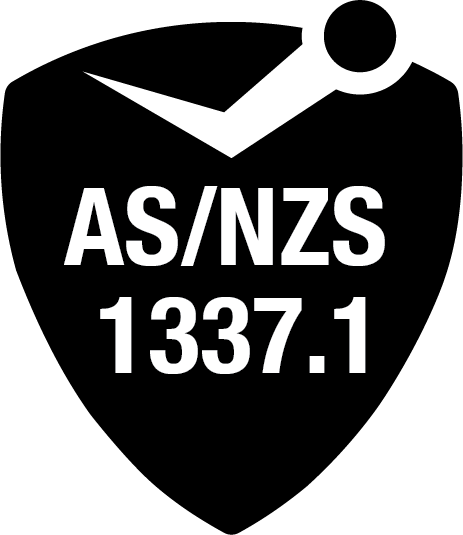
Wiley X models meet the AS/NZS 1337.1-2010 standards. This standard specifies minimum requirements for non-prescription eye and face protectors and associated oculars designed to provide protection for the eyes and faces of persons against common occupational hazards such as flying particles and fragments, dusts, splashing materials and molten metals, harmful gases, vapours and aerosols.
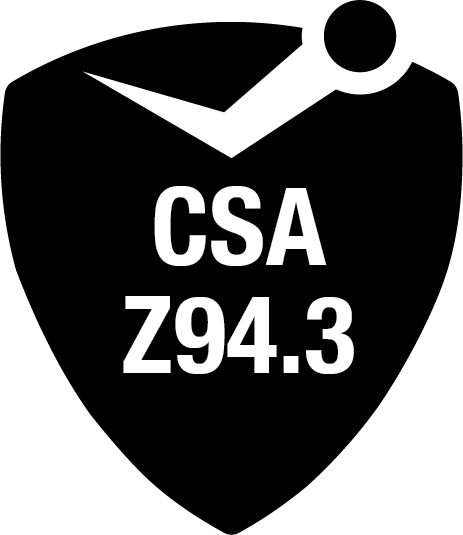
Wiley X models meet Canadian CSA Z94.3 standards. This standard relates to eye and face protectors for industrial and educational processes. Hazards covered by the standard include: flying particles/objects, heat/sparks, chemical splashes, molten metal, UV, visible and infrared radiation. Requirements are outlined for impact resistance, ignition/flammability requirements, replacement components, clear zero-power lenses, prescriptionprotective eyewear, zero-power filters and zero-power special-purpose lenses.
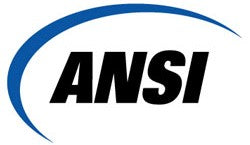
ANSI (American National Standards Institute) approves standards submitted by established committees in any given industry. Wiley X is proud to be a part of 3 separate ANSI committees and has a key role in the development and continued evolution of these standards. ANSI Z87.1 is the American National Standard for Occupational and Education Personal Eye and Face Protection Devices. It contains performance specifications, and markings of eye and facial safety products — setting the standardsthey must meet for protection and optical clarity.
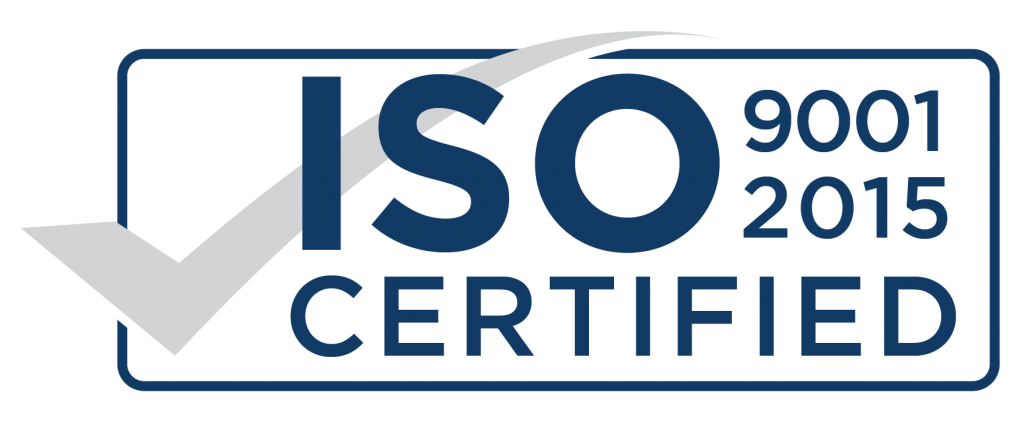
ISO 9001 is a globally recognized standard which outlines the requirements needed to implement a Quality Management System (QMS) in any given organization. The QMS is a set of policies, processes and procedures required for planning and execution of production, development and service within the core business area of an organization. (i.e. areas that can impact the organization's ability to meet customer requirements.) The Wiley X, Inc. QMS integrates the various internal processes within the organization and provides a process approach for project execution. The Wiley X, Inc. QMS enables us to identify, measure, control and improve the various core business processes that will ultimately lead to improved business performance and customer satisfaction.

OSHA's mission is to "assure safe and healthy working conditions for working men and women by setting and enforcing standards and by providing training, outreach, education and assistance". By law, employers must provide their workers with a workplace that does not have serious hazards and must follow all OSH Act safety and health standards.
OSHA also sets standards for PPE. Personal protective equipment is addressed in specific OSHA standards for general industry, maritime, and construction. OSHA requires that many categories of personal protective equipment meet or be equivalent to standards developed by the American National Standards Institute (ANSI). This section highlights OSHA standards and documents related to personal protective equipment.
US Federal OSHA 1910.133(B)(1)(i) ANSI/ISEA Z87.1-2010, Occupational and Educational Personal Eye and Face Protection Devices, incorporated by reference in § 1910.6

V0 ballistics standards consist of frames and lenses being impacted with a .15 caliber projectile traveling 640-660 fps, or a goggle frame and lens with a .22 caliber projectile traveling 550-560 fps.
Wiley X eyewear models that are part of the Authorized Protective Eyewear List (APEL) are tested to the Alpha version of the V0 ballistics standard which consists of a spectacle frame and lens being impacted with a .15 caliber projectile traveling 700-725fps, or a goggle frame and lens with a .22 caliber projectile traveling 580-590fps. Both tests are meant to simulate shrapnel that may be encountered on the battlefield.


